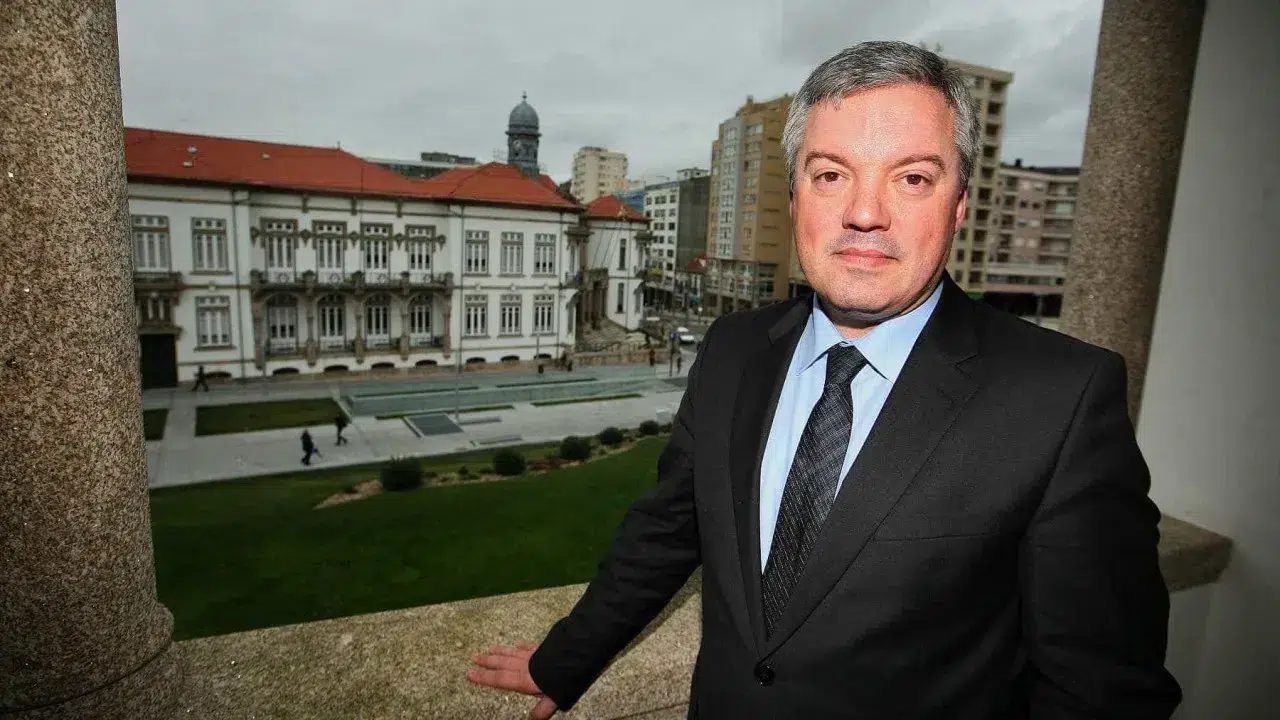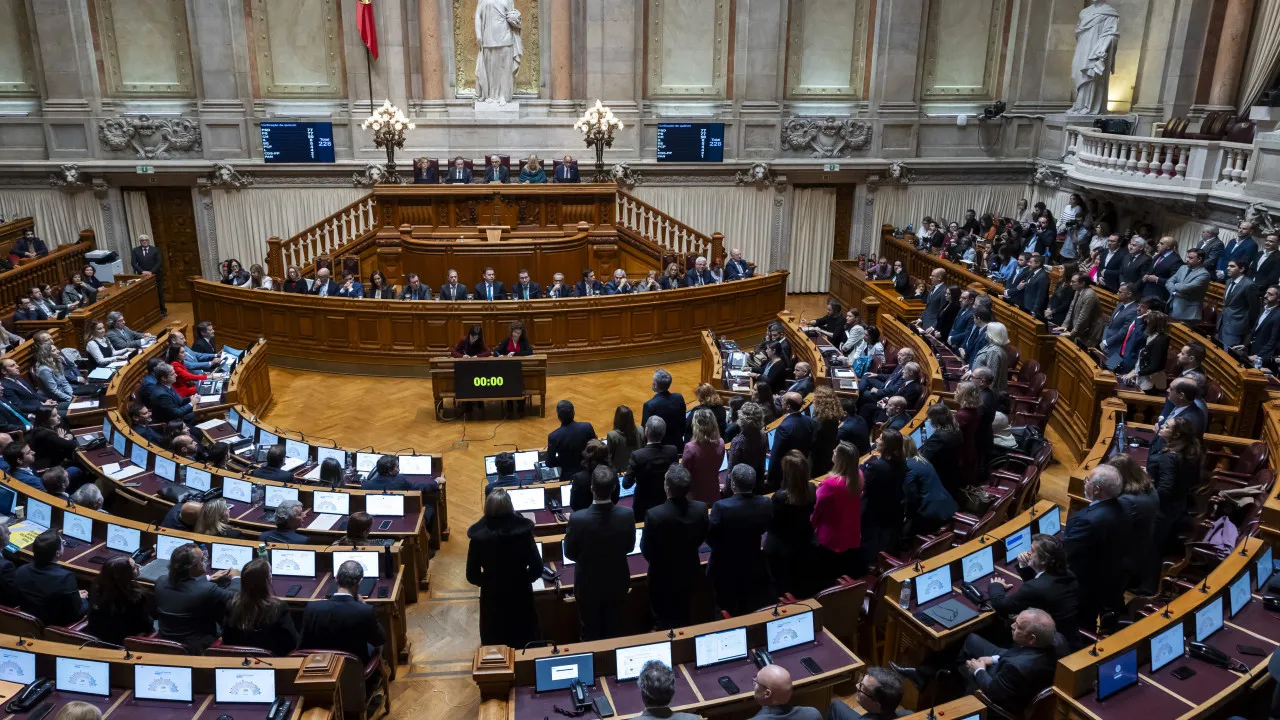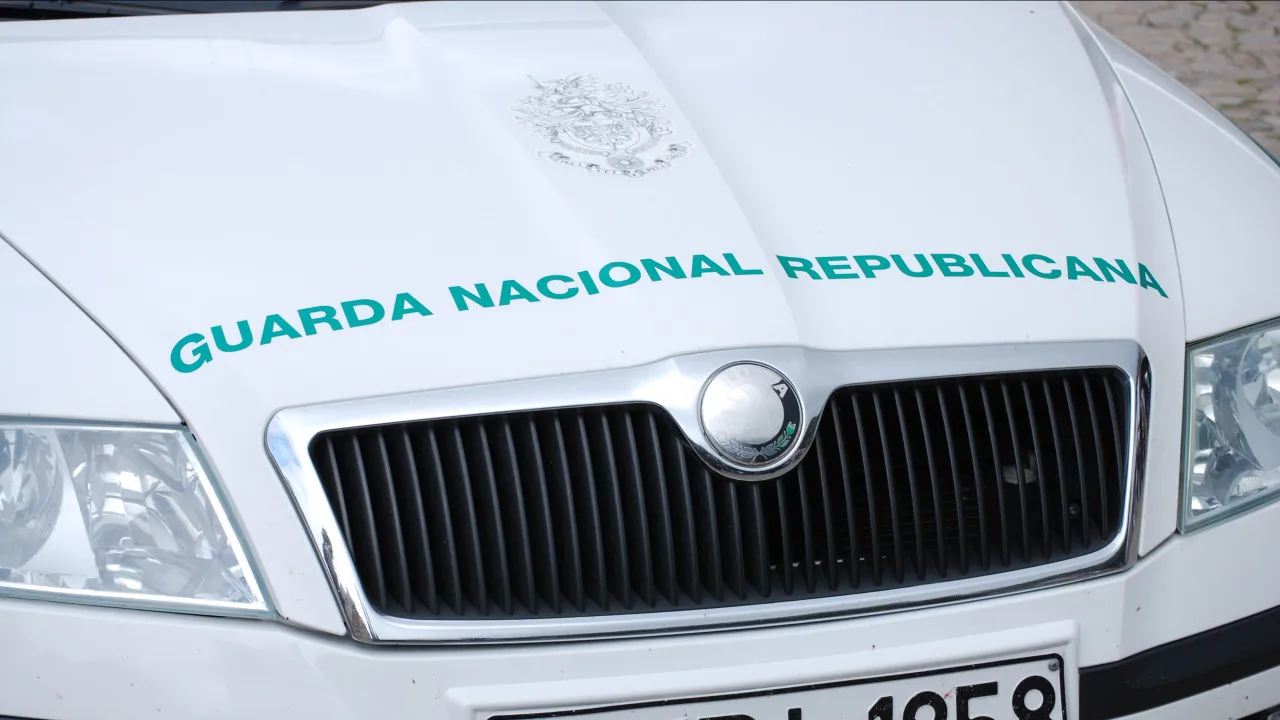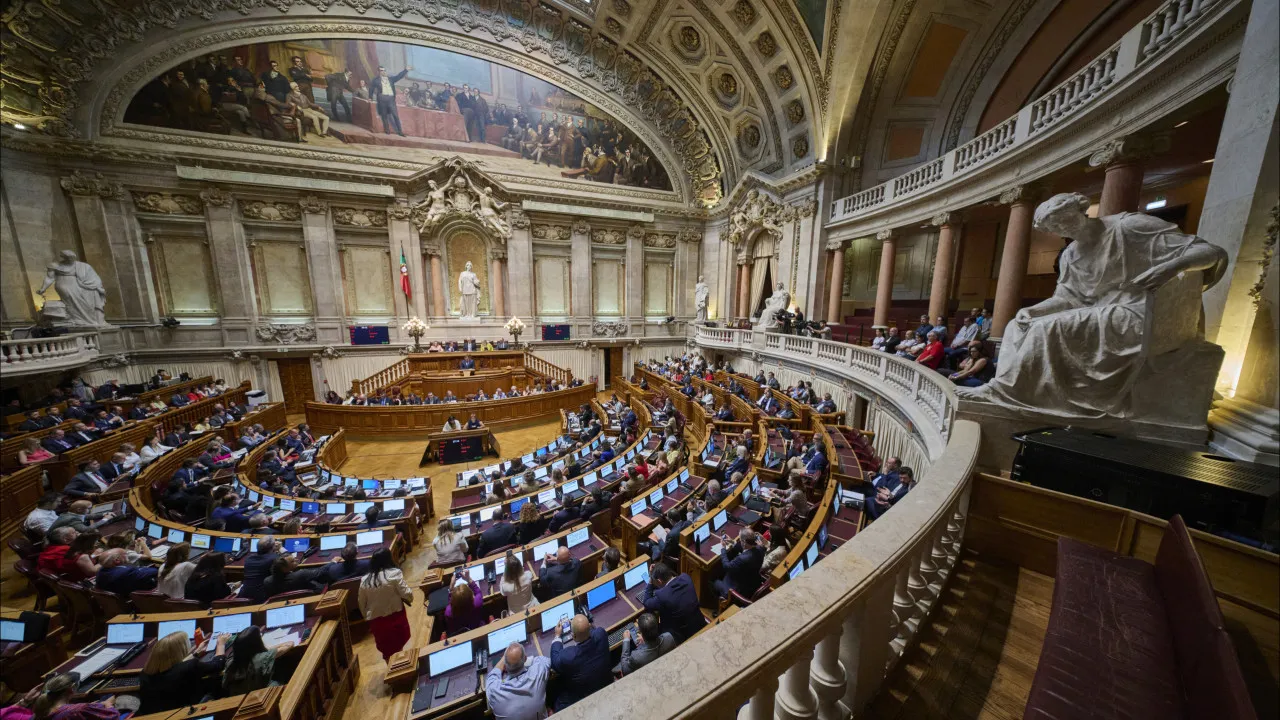
The Santo Ovídio station will remain a viable alternative until a decision is made by the authorities, stated Eduardo Vítor Rodrigues, highlighting that under no circumstances should the station in Gaia or the national project, which is central to both the project and the region, be jeopardized.
The president of the Área Metropolitana do Porto (AMP) mentioned that the proposed solution does not exclude the original hypothesis but rather supports an alternative one, which fits within the zone designated as the High-Speed Rail corridor by the international competition launched by the state.
In the statement, Rodrigues (PS) acknowledged that the alterations presented by the consortium have certain specificities compared to the initially submitted proposal.
Therefore, these changes should be definitively validated by sectoral entities with jurisdiction in the intervention area, as well as by the overseeing bodies (Government and Infraestruturas de Portugal – IP), ensuring that such changes do not undermine the terms of reference of the competition and the established timelines for the project.
The matter concerns a proposal by the LusoLav consortium, which includes Mota-Engil, Teixeira Duarte, Alves Ribeiro, Casais, Conduril, and Gabriel Couto. The consortium, responsible for the high-speed line between Porto and Oiã, intends to change the location of the Gaia station by two kilometers and construct two bridges over the Douro River instead of a single road-rail bridge.
This proposal is being presented today at a City Council meeting and will be voted on in the Municipal Assembly at 9:00 PM.
The mayor of Gaia argues that the LusoLav proposal meets the conditions for acceptance, especially due to its urban integration, which significantly minimizes the predictable impacts of this type of investment, including the effects on the urban fabric and properties.
Rodrigues added that the station will connect with the Yellow and Ruby metro lines of Metro do Porto, although it only has a direct connection with the Ruby line and not the Yellow line, emphasizing that collaboration with Metro do Porto is necessary to facilitate metro links to the proposed railway station.
For Rodrigues, it is essential for the potential relocation to include a metro connection as part of an effective urban and intermodal integration, serving the entire southern AMP area and providing access to the western area of Porto.
Additionally, the possibility of acquiring supplementary strips on both sides of the line should be considered, creating a North-South green corridor, a linear park equipped with a bike path, ending at the proposed urban park for the station area, to mitigate the territory’s “barrier effect.”
The government announced today that it is in discussions with Infraestruturas de Portugal regarding the proposal, which was previously unknown to them, to relocate the high-speed station in Gaia and the bridge over the Douro River.
An official from the Ministry of Infrastructure and Housing stated that the Ministry is in dialogue with IP on this issue. The response given to Lusa on Wednesday by the IP remains the current status.
IP indicated on Wednesday to Lusa that it had not been informed by the Contractor Consortium of any intentions to alter the proposal submitted to the competition, reminding that the concession contract has yet to be signed.
The Porto City Council was also unaware of the proposal to abandon the solution of a road-rail bridge over the Douro for the high-speed line, as presented by the LusoLav consortium, according to an official source.




